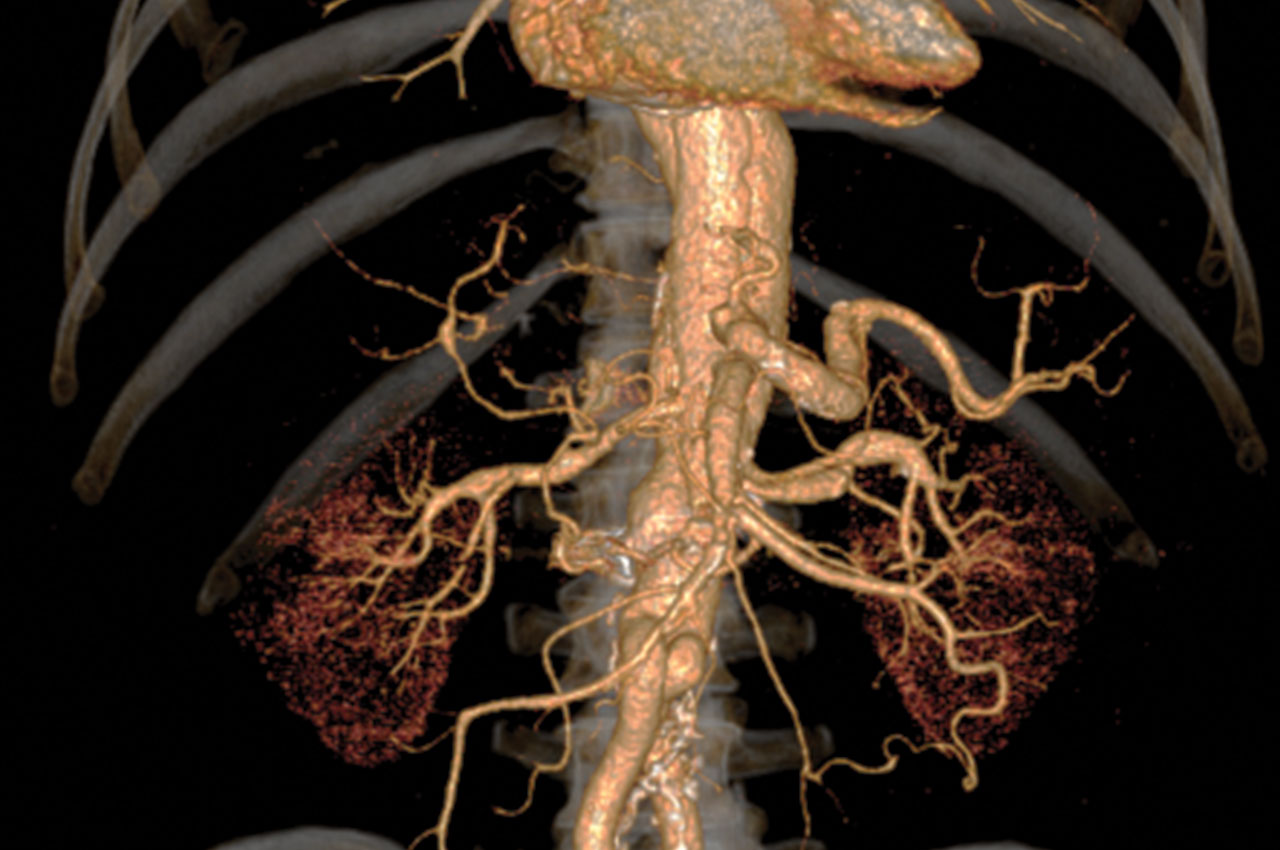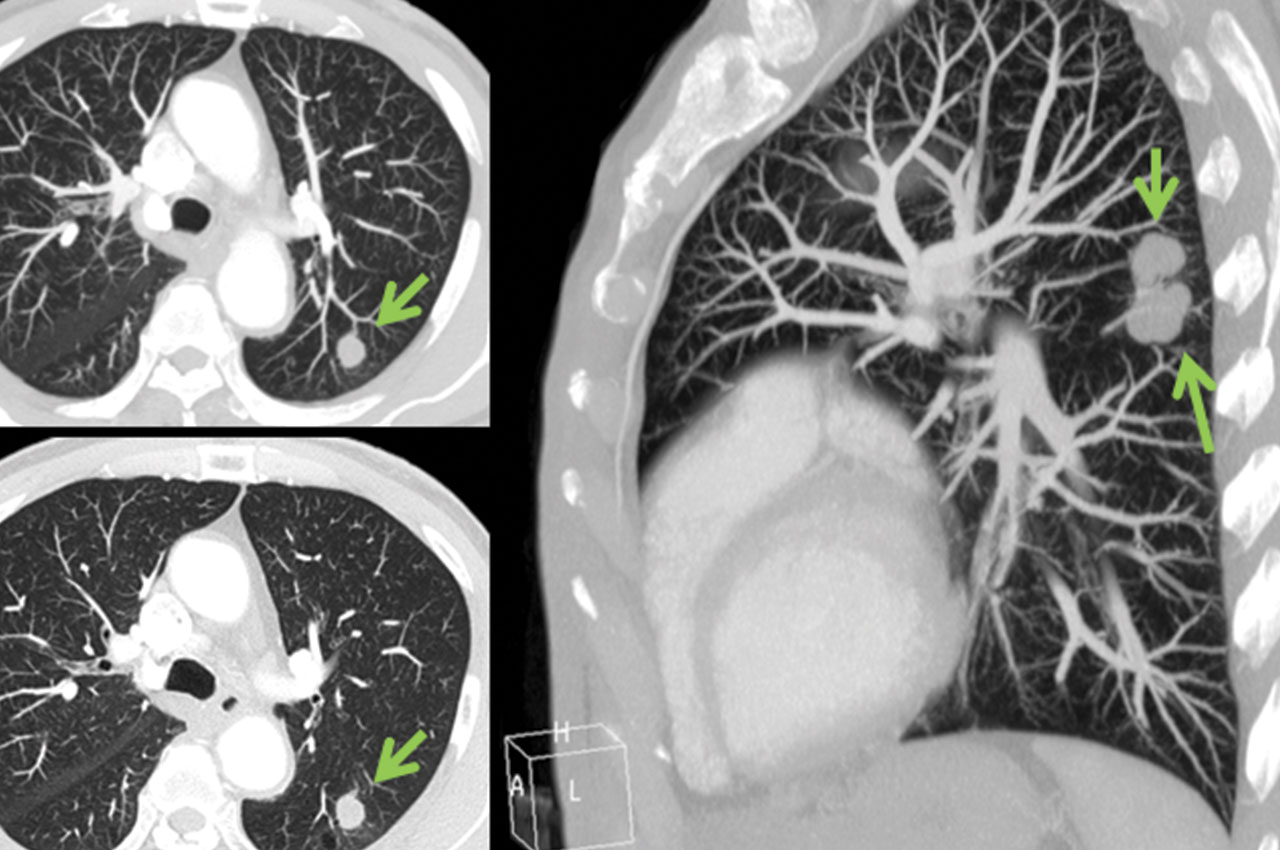CT/CTA
CT or computed tomography uses a digital computer with a rotating x-ray to create detailed cross-sectional internal images of organs, tissue and body parts such as the lungs or liver. Applications include: neurological (brain and spine), musculoskeletal, CT angiography (CTA), CT cardiac angiography and calcium scoring, total body, and 3D post-processing for surgical and reconstruction surgery.
How do I prepare for the exam?
General instructions:
- You should bring any prior related studies to the imaging center at the time of your appointment for comparison purposes.
- Leave your valuables at home during your examination.
- Please bring your insurance cards, identification, and your prescription, authorization, and/or referral.
CT without contrast:
- No preparation is required.
- The patient should continue any regular medication regimen.
What should I expect during the exam?
CT and CTA scans are painless procedures. The patient will have to lie on the scanning table and follow instructions from the technologist. Metal objects including any jewelry or cloth with metal parts, hair clips or underwire bras must be removed.
What should I expect after the exam?
- The examinations are interpreted by board-certified radiologists.
- The results will be sent to the referring physician as soon as they are interpreted. The patient should contact the referring physician to discuss the results and ask for further recommendations.
CT scans with contrast:
With IV contrast: The results of the blood workup for kidney function (BUN and creatinine) should be faxed or arrive with the patient prior to the test. The referring physicians should provide a prescription for the blood work. The patient may need to fast for 4-6 hours before the procedure. If the patient is or believes she might be pregnant, she should tell the technologist before the examination. Medications may be taken with a small amount of water. For CT coronary artery, please contact the office for additional instruction.
With oral contrast: the patient needs to take the oral contrast at least two hours prior to the test. The patient can stop by the office to pick up the oral contrast solution to drink before arrival for the exam. No food or drink after taking the oral contrast solution, please.
Check with your physician about any medication you may be taking.




